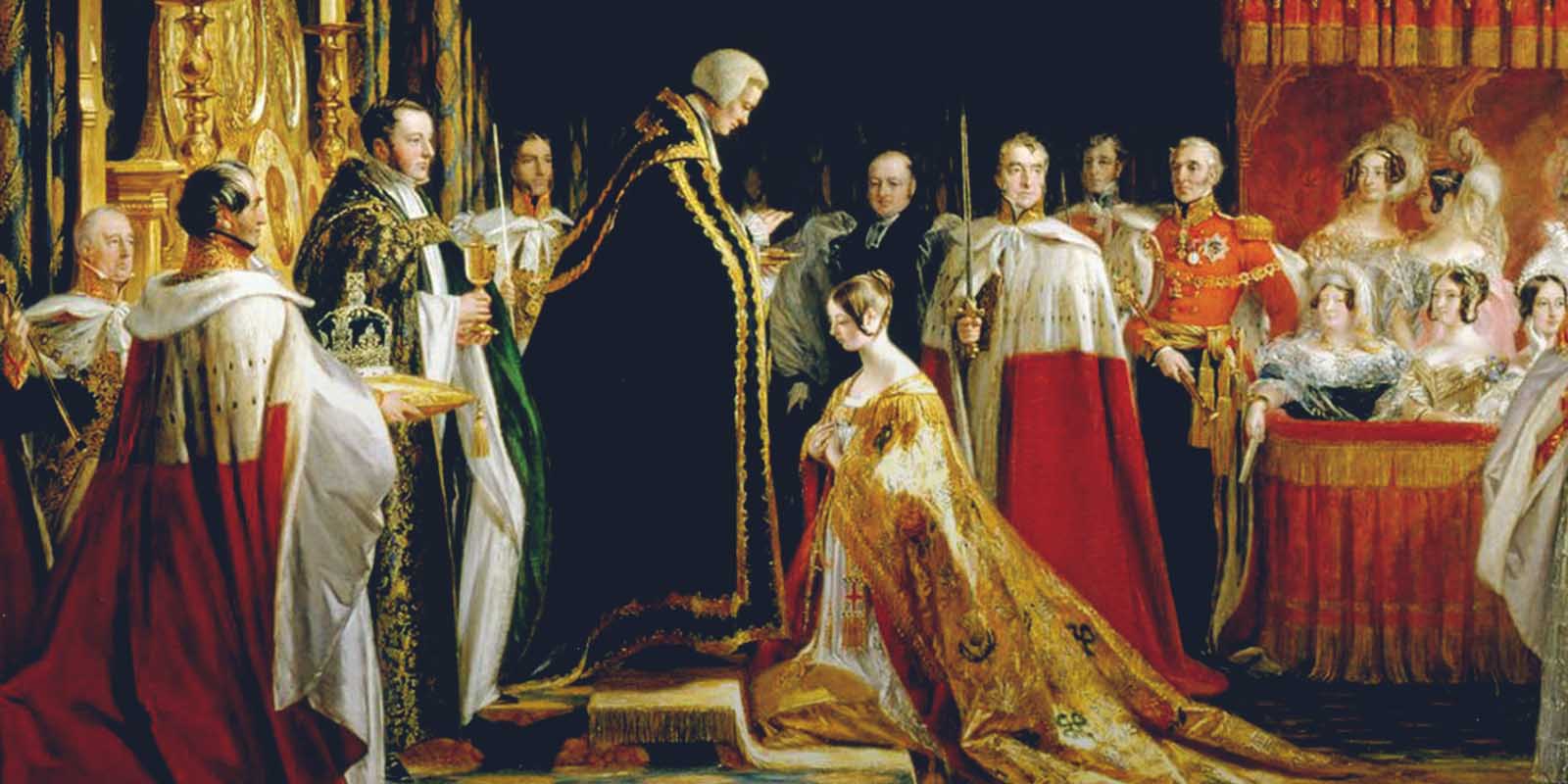One of the most striking features of our Victoria 200 £5 Crown is the beautifully embellished design by John Bergdahl, featuring the artist’s interpretation of the young head portrait of Victoria, and four further symbols of the Victorian age incorporated into the design to symbolise progress, change and advancement – key characteristics of the Victorian Age.
Steamships, long-distance train travel, the iconic penny farthing and the first telephones were all major facets of the era and all make an appearance in this beautiful design as a homage to this time of great innovation.
The Locomotive
Locomotive steam trains were frequently used on colliery and quarry lines but the Victorian age saw the popularity of train travel soar as the lines expanded across the country, signalling the start of the modern railway age.
The steam engine illustrated on the coin was built in the 1850s by Neilson & Company at their Hyde Park Works in Finnieston, Glasgow. Walter Neilson had begun locomotive manufacture at this location in 1843, where the proximity to the harbour allowed for the easy shipment of foreign orders.
The Steam Ship
SS Great Eastern was an iron sailing steamship designed by Isambard Kingdom Brunel, and built by J. Scott Russell & Co. at Millwall Iron Works on the River Thames, London. She was by far the largest ship ever built at the time of her 1858 launch, and had the capacity to carry 4,000 passengers from England to Australia without refuelling – another icon of the Victorian era.
The Penny Farthing
The first vehicle to be referred to as a bicycle, the enormous-wheeled penny-farthing is an iconic item of Victoriana. Although an instantly recognisable product of the times, the penny-farthing was a relatively short-lived innovation, its popularity rising and falling within the space of two decades. However, its influence on the hobby and sport of bicycling is inarguable, and the bicycle ushered in freedom of movement not experienced before.
The Telephone
The telephone, invented by Alexander Graham Bell in 1876, is an invention that finds an important place in our daily lives even today.
On March 10, 1876, Alexander Graham Bell made the world’s first telephone call to his assistant Thomas Watson in the next room saying, “Mr Watson, come here. I want to see you.” In 1878, Queen Victoria was given a demonstration of the telephone by Bell at Osborne House on the Isle of Wight. He made the UK’s first publically witnessed long-distance calls, calling London, Cowes and Southampton. Queen Victoria liked the telephone so much she wanted to buy it.
The design is embellished with cogs, again another nod to the innovation and movement of the era, through transport, communications and industrial developments as well as metaphorically. The edge inscription on the silver and gold Proof editions reads ‘WORKSHOP OF THE WORLD’, a phrase used to describe Britain’s position as the industrial powerhouse of the nineteenth century and a fitting phrase to sum up the intricate and detailed design depicted on the coin, reflecting the Victorian Age and the activity that accompanied it.

